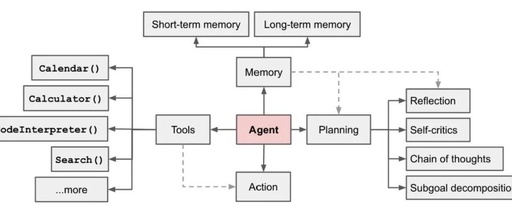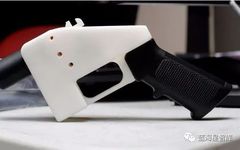Applications and Prospects of AI Agents in the New Materials Field
Investment and Financing · A Corner According to data statistics (source: Guanghui Intelligence), since 2025, major large model companies in China participating in model competition, such as Baidu, ByteDance, Alibaba, DeepSeek, and the “Six Little Tigers,” have released over 45 foundational large models (excluding industry-specific large models), which means a new model is released approximately … Read more







